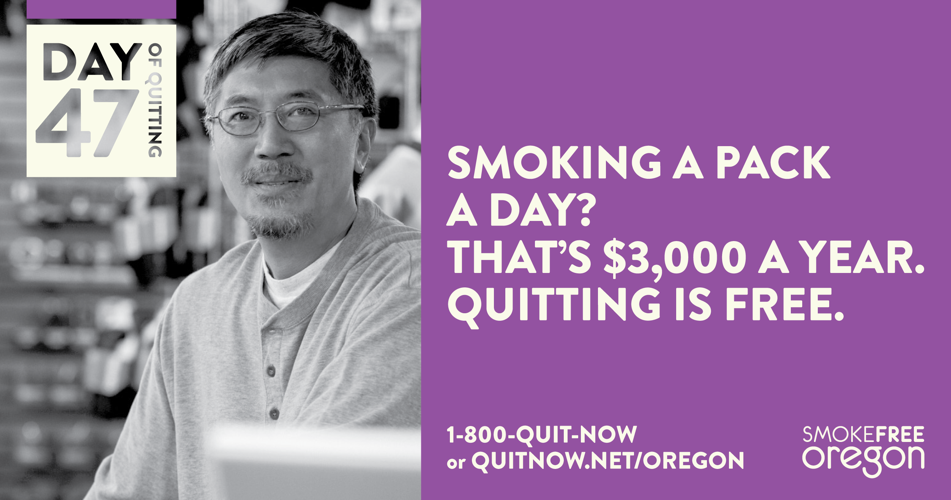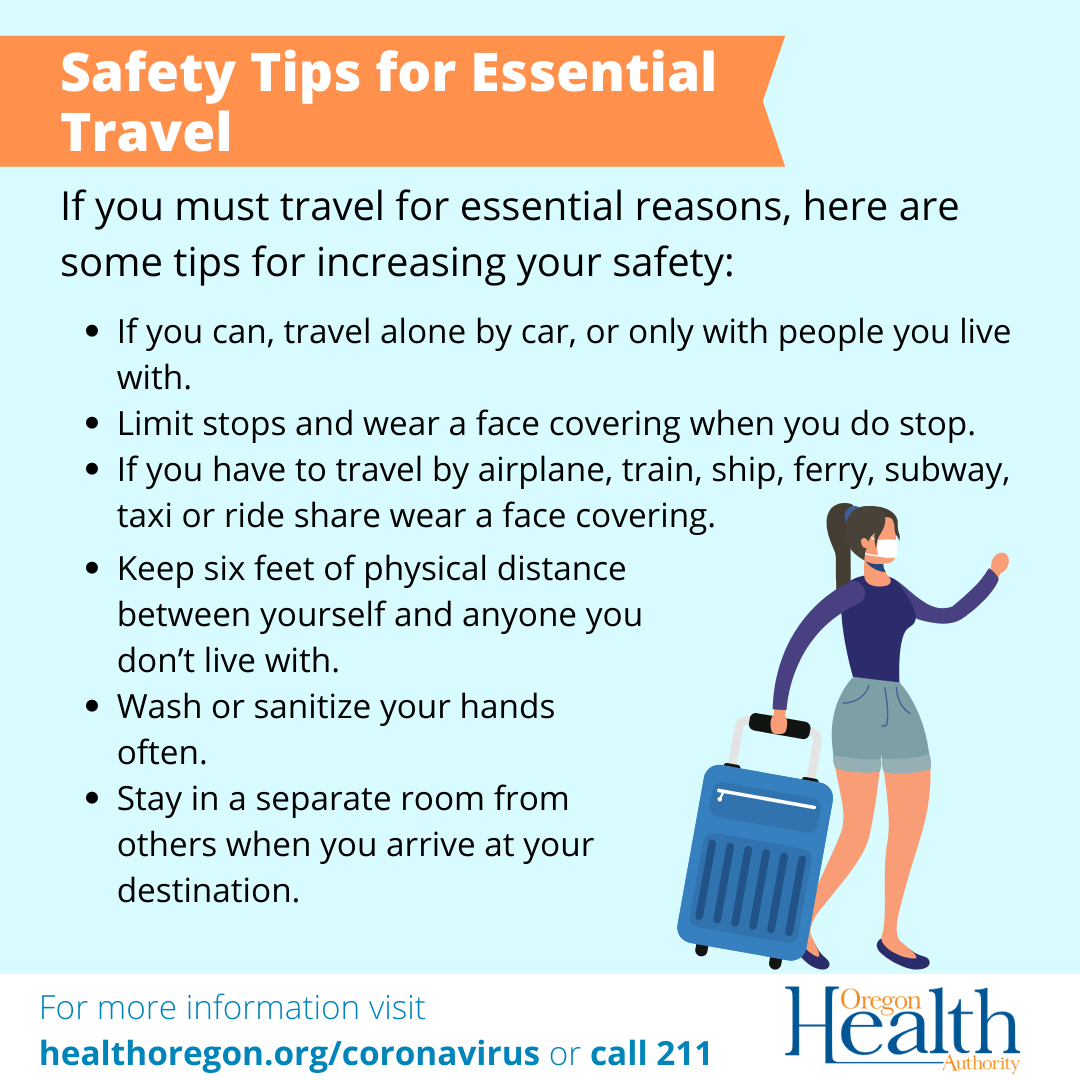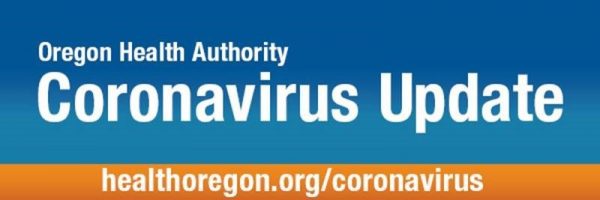Oregon Health Authority Director Patrick Allen and Dr. Dana Hargunani, OHA’s chief medical officer, held a media briefing today to discuss the steps OHA is taking to scale up Oregon’s vaccine program and achieve Governor Brown’s goal of 12,000 COVID-19 vaccinations per day within the next two weeks.
Oregon’s pace of COVID-19 vaccinations is on par with other states, with more than 1.2 percent of the population having been vaccinated as of yesterday.
Director Allen and Dr. Hargunani announced that this week OHA will take the following steps:
- Speed Phase 1A prioritization by simplifying the staging and sequencing among groups.
- Speed the number of doses delivered to nursing home staff and residents by activating Part B of federal pharmacy partnerships. OHA anticipates this change will speed vaccinations to approximately 80,000 staff and residents.
- Speed the number of doses delivered to health care workers and other Phase 1A groups by giving them the option to get vaccinated at retail pharmacies.
- Make more doses available to Phase 1A workers by leveraging every available public health capability at our disposal.
- Speed the number of doses delivered to unaffiliated health care workers, nursing home staff and others by supporting innovative partnerships, such as a collaboration between OHSU and labor union SEIU to launch a pilot vaccination effort.
Oregon is currently in Phase 1A of the vaccination effort. So far, members of Group 1 of Phase 1A are receiving vaccine, which includes staff who work in hospitals, urgent care settings, skilled nursing and memory care facilities (and residents) and tribal health programs, as well as emergency medical service providers and other first responders.
The changes give providers more flexibility to vaccinate people in other groups in Phase 1A, rather than each group getting vaccinated sequentially.
Others who are eligible for Phase 1A vaccinations include people who work in:
- Congregate care sites, such as nursing homes and residential behavioral health programs.
- Outpatient providers who serve specific high-risk groups.
- Home health providers.
- All other outpatient providers.
- Public health programs, and a range of other front-line roles.
According to Director Allen, speeding up the process within Phase 1A will mean that critical workers and vulnerable populations, followed by the general population, will be served sooner.
“That will save more lives and end the pandemic in Oregon sooner, too,” Allen said. “But as we roll out the vaccines, all of us need to keep taking the steps that have saved thousands of lives in Oregon and staved off the worst extremes of the crisis that we’ve seen in other states: Keep wearing your masks, maintain physical distancing, minimize your indoor social get-togethers, stay home if you feel sick, and wash your hands well and often.”
Sequencing for future phases will be determined by the new Vaccine Advisory Committee, which meets for the first time on Thursday. We will share updates from these meetings in the newsletter.
More information can be found on OHA‘s COVID-19 vaccine webpage (English or Spanish).
Help for quitting tobacco and nicotine addiction
As we head into 2021, OHA’s Smokefree Oregon has launched two campaigns, in Spanish and English, to help people in Oregon quit tobacco and nicotine addiction – for good. Every year, many people are motivated to quit as a New Year’s resolution.
This year, quitting is more important than ever because:
- Quitting smoking and vaping is an important way for people to protect themselves from developing serious complications from COVID-19.
- Cigarette, e-cigarette and cigar prices increased on Jan. 1. Smoking a pack a day will now cost close to $3,000 per year.
How to reach the Oregon Tobacco Quit Line:
- Spanish: 1-855-DEJELO-YA (1-855-335-35692) or quitnow.net/oregonsp
- English: 1-800-QUIT-NOW (1-800-784-8669), text “READY” to 200-400, or visit quitnow.net/oregon
- Native Quit Line for Alaska Indians and Native Americans: 1-800-QUIT-NOW (1-800-784-8669), then press “7”
- TTY: 1-877-777-6534
Smokefree Oregon Quit Resources:

Correction: On Dec. 31, 2020, the contact information we published in the article Healthy resolutions for 2021 was incorrect for the Spanish language Oregon Tobacco Quit Line and website. The correct information is in the article above.
Travel advisories, self-quarantine recommendations still in effect
We know that many people traveled during the holidays. The Transportation Security Administration (TSA) screened more than 1.3 million travelers on Jan. 3, marking the highest checkpoint volume in the U.S. since the pandemic began.
Don’t forget that the travel advisory issued by Oregon Governor Kate Brown remains in effect. To slow the spread of COVID-19, we should continue to avoid non-essential out-of-state travel, which is classified as “travel that is for purposes of tourism, recreation or any other purpose that is non-essential.” Oregon’s travel advisory does not apply to people who cross state borders for “essential travel,” which includes travel for work, study, critical infrastructure support, economic services, supply chains, health, immediate medical care and safety and security.
If you’re arriving in Oregon from other states or countries for non-essential travel, you should self-quarantine for 14 days after arrival and limit interactions to the people you live with. For more information, read the full travel advisory here.



.png)